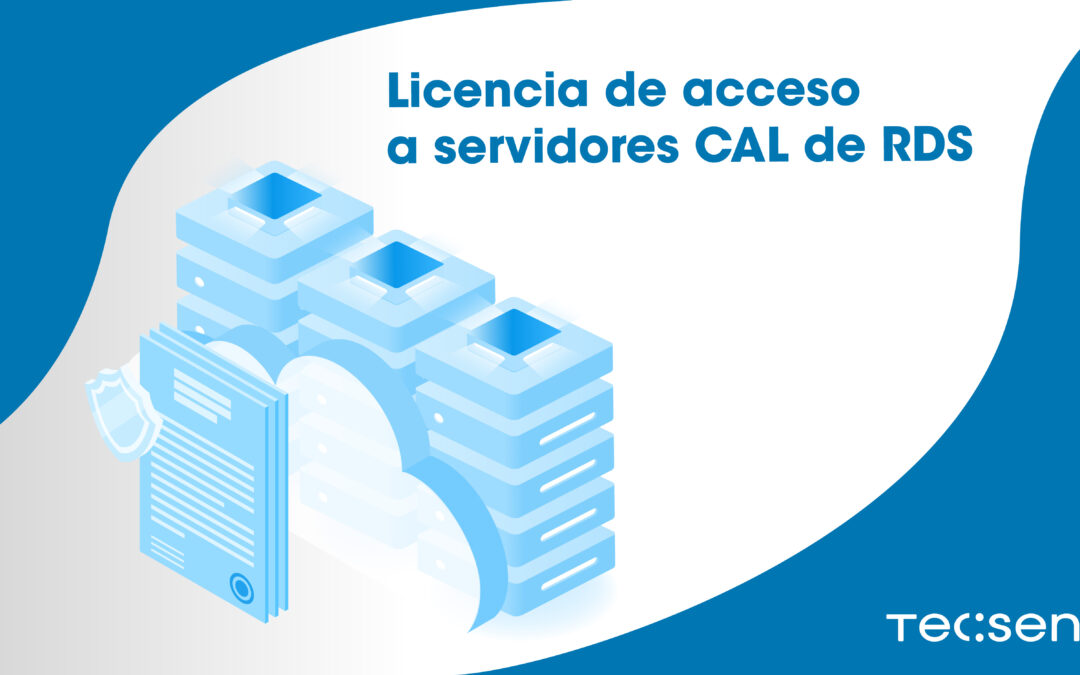Among the most common doubts that arise when implementing a server are the type of access licence we should choose, which one suits our needs, how we should apply for them, prices, types of plans, etc. This time we are going to focus on one of the most common ones, the RDS CAL server access license.
What is a CAL licence?
CAL stands for Client Access Licence.
This type of licence is necessary in order to have remote access to an external server.
Among the most commonly used are: Windows Server Cal, SQL, Exchange and RDS with the latter being the one we will focus on in more detail.
Types of CAL:
User CAL:
Per-user CAL licensing is recommended when unlimited devices, server access, storage or file visibility are required.
This is a good option when the number of devices exceeds the number of users and users need to access the corporate network in a flexible way from different devices or even unknown devices.
Device CAL:
Licensing via CAL per device is recommended when unlimited user access is required, a good option in corporations where the same device is used by users in different time slots.
RDS CAL licence:
CAL RDS (Remote Desktop Services) licences are purchased to give a user or device remote access to a server to access programs, data, files, the entire desktop, or any resource on the desktop.
In addition to the traditional virtualisation scenario (formerly known as “Terminal Server Services”), Remote Desktop Services is expanding its functionality to service the Virtual Desktop Infrastructure (VDI).
Licensing methods:
In the following, we will look at two ways to get the RDS CAL server access licence and with which type of plan.
CSP Licence:
CSP (Cloud Solution Provider) licences allow you to buy or rent licences and subscriptions for Microsoft cloud products such as Microsoft 365, Dynamics CRM Online, Enterprise Mobility Suite and various Azure services for your customers. This is done through a tenant, a single container in the Microsoft cloud associated with a customer so that they can enjoy the licences they require.
If we focus on the RDS CAL licence, the way to acquire it through CSP would be to buy it in perpetuity.
SPLA licence:
Microsoft’s SPLA (Services Provider License Agreement) is a licensing programme that allows service providers and independent software vendors (ISVs) to rent monthly licenses for the provision of hosting solutions and applications. These licences cover a wide range of software belonging to Microsoft.
The list of available software includes Microsoft SQL Server, Microsoft Server Operating System, Microsoft Exchange, Office (more than 50 demos) etc.
One of the biggest advantages of this licence is that it is better than signing a long-term licence as it allows you to enjoy it without restrictions of use and to have the customisation you need.
In SPLA the only way to acquire the RDS CAL licence is by renting.
As we have seen, the difference between acquiring licences through CPS and SPLA is that CPS licences are rented and purchased, while SPLA licences are always acquired through leasing. Another difference is that there are also some licences such as Microsoft 365 that can only be purchased via CSP, as there is no such licence in SPLA.




